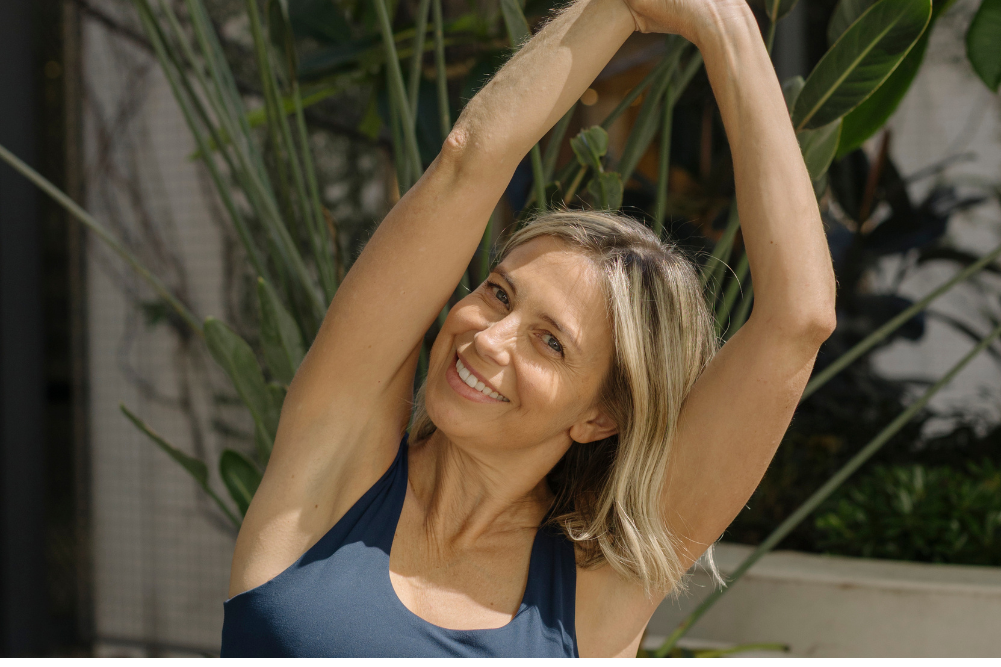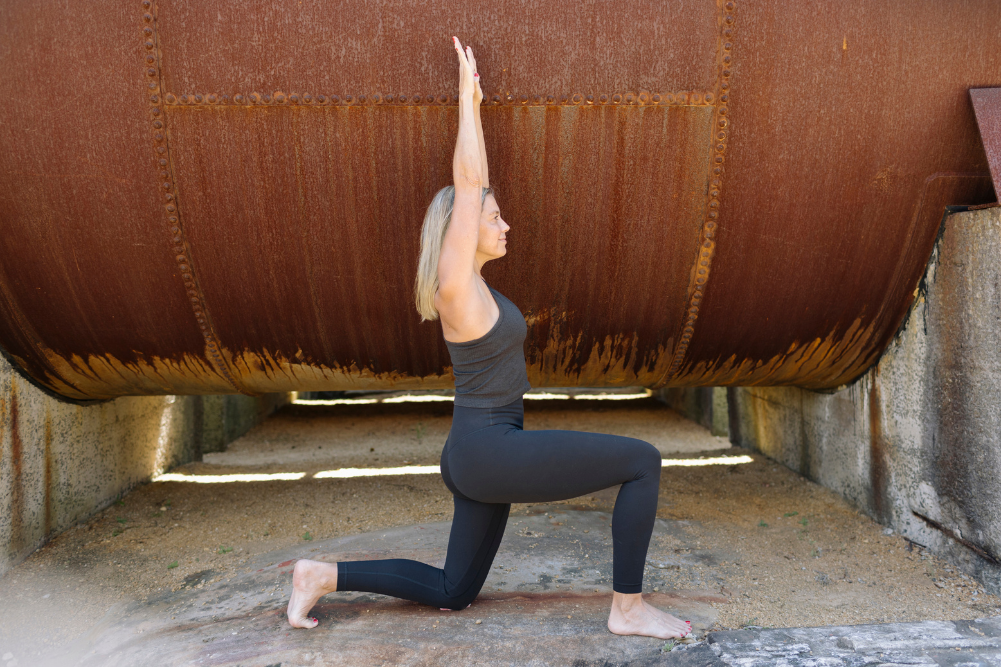What does Yoga Nidra mean and why should I practice it?
Yoga Nidra comes from the ancient Indian science of meditation. It is a powerful state of meditation that is between waking and deep sleep. The meditator is conscious and aware. Nidra is a state of deep consciousness and yoga is from the Sanskrit word ‘yuj’ meaning ‘to join’. So yoga nidra is a way of joining your outer consciousness with the inner, higher and divine.
The three states of consciousness
In the ancient systems there are basically three states in which our consciousness moves through our psychological state of mind. These states are determined part of the time by what is known as our biorhythms. The three states are firstly Jaagrut awastha which is our normal waking or conscious state. Consciousness exists in an extroverted state relying on our senses (seeing, hearing, smelling, tasting, touching) to relay information to us from our surroundings. The second state is Swapna awastha or the dream state where we experience reality in different forms in dreams. The third state is Sushupti awashta or our deep sleep where we are unconsciousness of anything. It is an absolute state which feels like there is nothing there as we have no tangible recall.
Our mind moves through these stages without really being aware of the transitions. In yoga nidra, we train our mind to remember the awareness not only of the transition but of the experience it receives while being in each state. We become aware more of the state between sleep and wakefulness, and our connections with the subconscious and unconscious often taking us to different spiritual experiences.
How Yoga Nidra affects us on a daily level
Everything we do in our daily conscious routine, from eating to sleeping, to walking or running to work, each activity results in some kind of tension. These tensions are stored in several planes of our personality and even in our spiritual bodies. They accumulate and manifest in different forms via our psyche, including imbalances, disorders and emotional and physical conflict.
Yoga lets you uncover what these tensions are so you can handle them. You may not be aware of them directly but can feel the symptoms. This is called a Klesha which is like a poison inside you. The three types of tension are muscular, emotional and mental. Yoga Nidra is a great way to achieve physical, emotional and mental rest. It helps you let go of stored tension and break old habits and conditioning in order to have a fresh and conscious experience. It also increases the focus of your mind making learning easier.
What to do
Our mind has different types of wave patterns depending on which state we are in at the time. These waves can be mapped with certain instruments and studied. Alpha, theta and beta brainwaves are used to study the different states of consciousness and it is possible to learn how to go from one state to another with ease. To learn how to do this properly you need to find someone trained in the ancient arts who knows the theory and practice well enough to explain it to you in a simple way as it is very complicated. Once you understand how this works you can then be guided by a master in these practices to use Yoga Nidra to take you to better physical, mental, emotional and spiritual states of being and how to translate that into your daily life.
Why not do a search for my other articles on Wellbeing to see how you can dig deeper into this practice or contact me personally?








